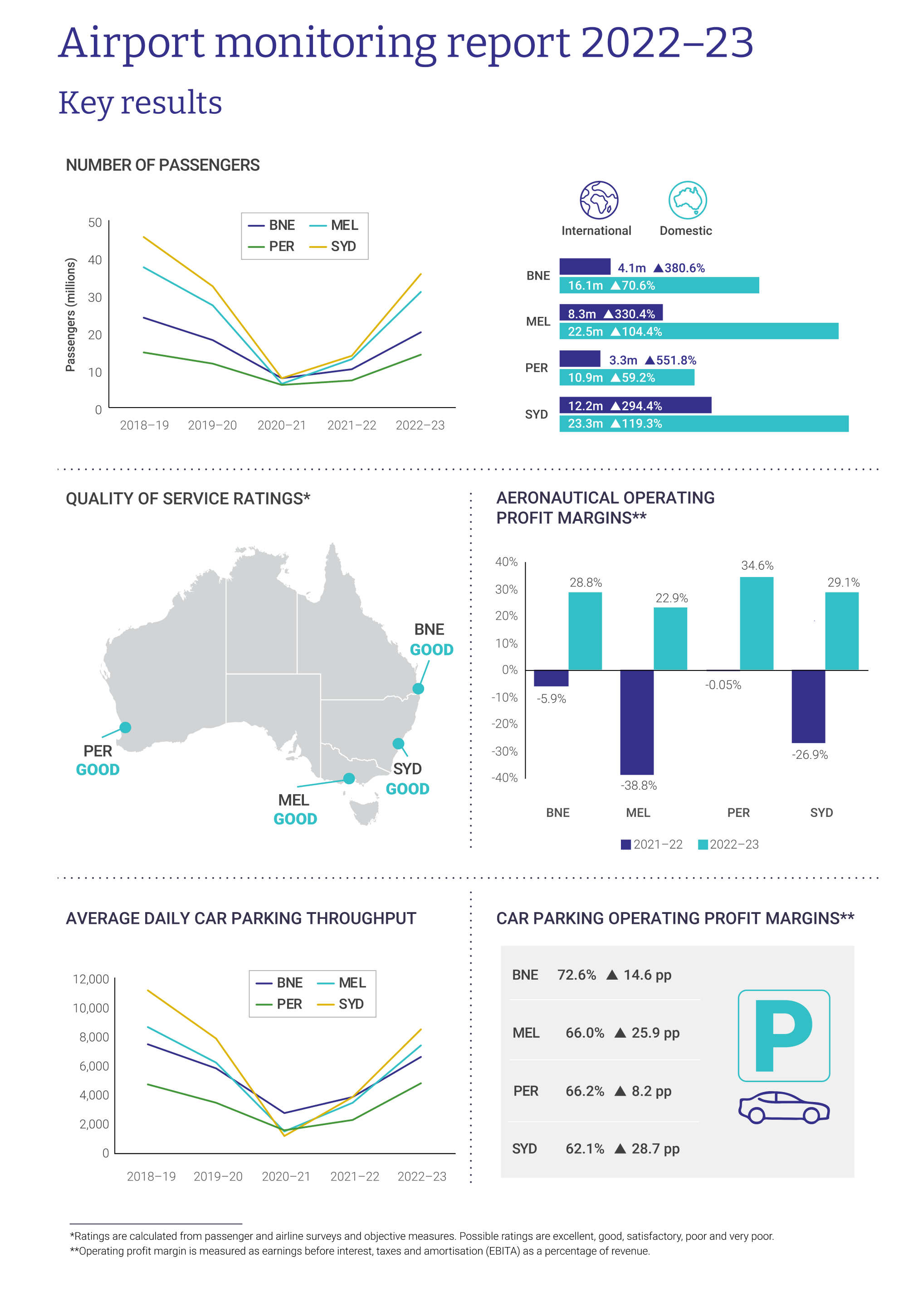Average household debt grew by 7.3 per cent to $261,492 in 2021-22, according to the latest figures from the Australian Bureau of Statistics (ABS). Katherine Keenan, ABS head of Finance and Wealth, said “the dataset released today includes timeseries from 2003-04 to 2021-22 for five household indicators including equivalised disposable income quintiles and age of reference person”.
Average household debt was $261,492 in 2021-22, while average household gross disposable income grew 3.7 per cent to $139,064. When compared to the average of all households, the highest income quintile held 1.98 times the debt, and 2.07 times the gross disposable income. In comparison, the lowest income quintile held 0.43 times the debt, but had 0.39 times the gross disposable income relative to the average of all households. “The fourth quintile had the largest discrepancy between debt (1.26) and gross disposable income (1.11) when compared to the average of all households” Ms Keenan added.
| Debt | Gross disposable income | |
|---|---|---|
| Lowest | 0.43 | 0.39 |
| Second | 0.52 | 0.62 |
| Third | 0.86 | 0.84 |
| Fourth | 1.26 | 1.11 |
| Highest | 1.98 | 2.07 |
Deposit assets (includes savings and offset accounts with banks) provide liquidity buffers for expenses households may not be able to cover with their disposable income. In 2021-22, the average deposit assets held across all households grew 11.6 per cent to $144,669. Compared to the average of all households, the second income quintile had 0.66 times the deposit assets and 0.52 times the debt. The lowest and highest income quintiles also had higher deposit assets ratios than their debt ratios, relative to the average of all households.
| Debt | Deposit assets | |
|---|---|---|
| Lowest | 0.43 | 0.54 |
| Second | 0.52 | 0.66 |
| Third | 0.86 | 0.83 |
| Fourth | 1.26 | 0.98 |
| Highest | 1.98 | 2.03 |
“The lower income quintiles have higher proportions of retirees, who are likely to have larger deposit assets and lower levels of debt. For example, households with a reference person aged 65 and over, had 1.49 times the deposit assets of the average of all households, but only 0.18 times the debt. In comparison, households with a reference person aged from 35 to 44, had 0.53 times the deposit assets but 1.73 times the debt of the average of all households” Ms Keenan said.
| Debt | Deposit assets | |
|---|---|---|
| 15-24 | 0.28 | 0.30 |
| 25-34 | 1.14 | 0.49 |
| 35-44 | 1.73 | 0.53 |
| 45-54 | 1.51 | 1.02 |
| 55-64 | 0.93 | 1.34 |
| 65+ | 0.18 | 1.49 |
In 2019-20, households received $146.0 billion of social assistance benefits. As COVID-19 spread, the Federal Government in March and April 2020 implemented the Economic Support Payment and Coronavirus Supplement programs to assist households. These COVID-19 support payments continued into 2020-21 with social assistance benefits paid to households reaching a record $162.2 billion. In 2021-22, total social assistance benefits paid declined to $157.1 billion, coinciding with the end of these programs in March 2021 and a decline in the number of benefit recipients as the economy and labour market began to recover.
While households across all income quintiles received COVID-19 support payments, the majority of recipients were households in the lower income quintiles. Ms Keenan added that “social assistance payments per household for the lowest and second income quintiles grew $2,563 (10.4 per cent) and $2,499 (10.3 per cent) between 2019-20 and 2020-21 compared to the average across all households of $1,473 (10.1 per cent)”. The lowest and second quintiles also had the largest fall in social assistance payments per household in 2021-22, decreasing $1,160 (-4.3 per cent) and $1,111 (-4.2 per cent), but remained at higher levels than 2019-20.
| 2019-20 | 2020-21 | 2021-22 | |
|---|---|---|---|
| Lowest | $24,648 | $27,211 | $26,051 |
| Second | $24,265 | $26,764 | $25,653 |
| Third | $13,224 | $14,559 | $13,972 |
| Fourth | $6,575 | $7,179 | $6,959 |
| Highest | $3,355 | $3,640 | $3,550 |
| All households | $14,573 | $16,046 | $15,403 |
| 2019-20 to 2020-21 (%) | 2020-21 to 2021-22 (%) | |
|---|---|---|
| Lowest | 10.4 | -4.3 |
| Second | 10.3 | -4.2 |
| Third | 10.1 | -4.0 |
| Fourth | 9.2 | -3.1 |
| Highest | 8.5 | -2.5 |
| All households | 10.1 | -4.0 |








